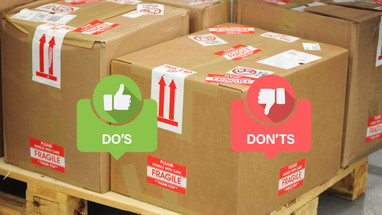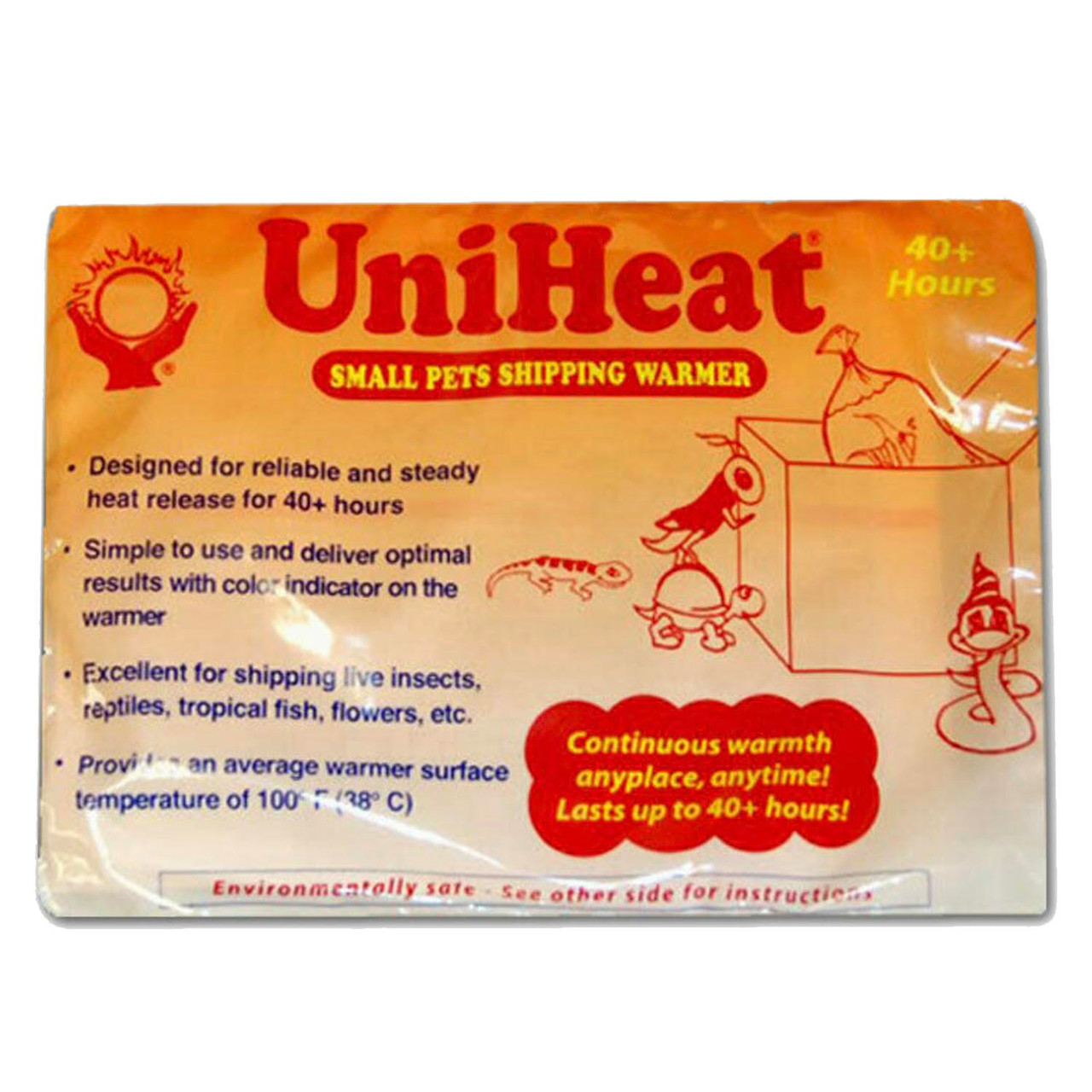Posted by UniHeatPacks on 14th Aug 2025
5 Common Mistakes When Using Heat Packs (and How to Avoid Them)
Heat packs are essential tools for shipping temperature-sensitive items like tropical plants, reptiles, fish, and specialty foods. When used correctly, they help maintain a stable environment during transit. However, even experienced shippers sometimes make mistakes that can reduce performance—or worse, harm the contents of the shipment. Here are five common mistakes to avoid when using UniHeat warmers, along with tips to ensure every shipment arrives in perfect condition.
Disclaimer: This article is for informational purposes only. Always follow the specific instructions provided with your UniHeat products to ensure safe and effective use.
1. Not Allowing the Heat Pack to Activate Before Use
UniHeat warmers require oxygen to activate. Placing them inside a sealed container too soon can prevent proper heating. Always follow the recommended activation time—usually 30–45 minutes—before placing the warmer in the package. This ensures it reaches its intended temperature range and begins releasing steady heat.
2. Choosing the Wrong Duration
Using a 40-hour warmer for a 72-hour journey can leave your shipment vulnerable to temperature drops toward the end of transit. Conversely, using a 96-hour warmer for a short trip can overheat the package. Match the duration of the heat pack to the total expected transit time, factoring in possible delays. UniHeat offers different duration warmers for every need:
3. Placing the Heat Pack Directly Against the Product
Direct contact between a heat pack and your product can cause localized overheating. Always use a layer of paper or breathable material as a buffer. This protects the item while still allowing heat to circulate evenly within the box.
4. Not Providing Enough Ventilation
UniHeat warmers require a small but steady flow of air to function properly. Sealing them inside an airtight space can cause them to stop producing heat. Use breathable packing materials and avoid plastic wraps that trap air completely around the warmer.
5. Ignoring External Weather Conditions
Even the best heat pack can’t fully compensate for extreme cold without additional precautions. In sub-freezing conditions, consider using insulated shipping boxes, liners, or multiple heat packs to maintain optimal temperature for the entire journey.
Final Thoughts
Using UniHeat warmers effectively means more than just dropping them into a box—it requires planning, correct product selection, and proper handling. By avoiding these common mistakes, you’ll greatly improve the safety and success rate of your shipments, ensuring your temperature-sensitive products arrive in top condition.
Shop UniHeat Warmers
Ensure your shipments arrive safely with the right heat pack. All orders include Free Ground Shipping and you Earn Points on Every Order.




